Chia Seeds

Flower Specifications
Season: Perennial
USDA Zones: 9 - 11
Height: 24 - 36 inches
Bloom Season: Late summer to early fall
Bloom Color: Blue
Environment: Full sun
Soil Type: Sandy or loamy, well-drained soils
Latin Name: Salvia Hispanica
Planting Directions
Temperature: 70 - 77F
Average Germ Time: 7 - 14 days
Light Required: Yes
Depth: 1/8 to 1/4 inch
Sowing Rate: 2 - 3 seeds per plant
Moisture: Keep seeds moist until germination
Plant Spacing: 18 - 24 inches
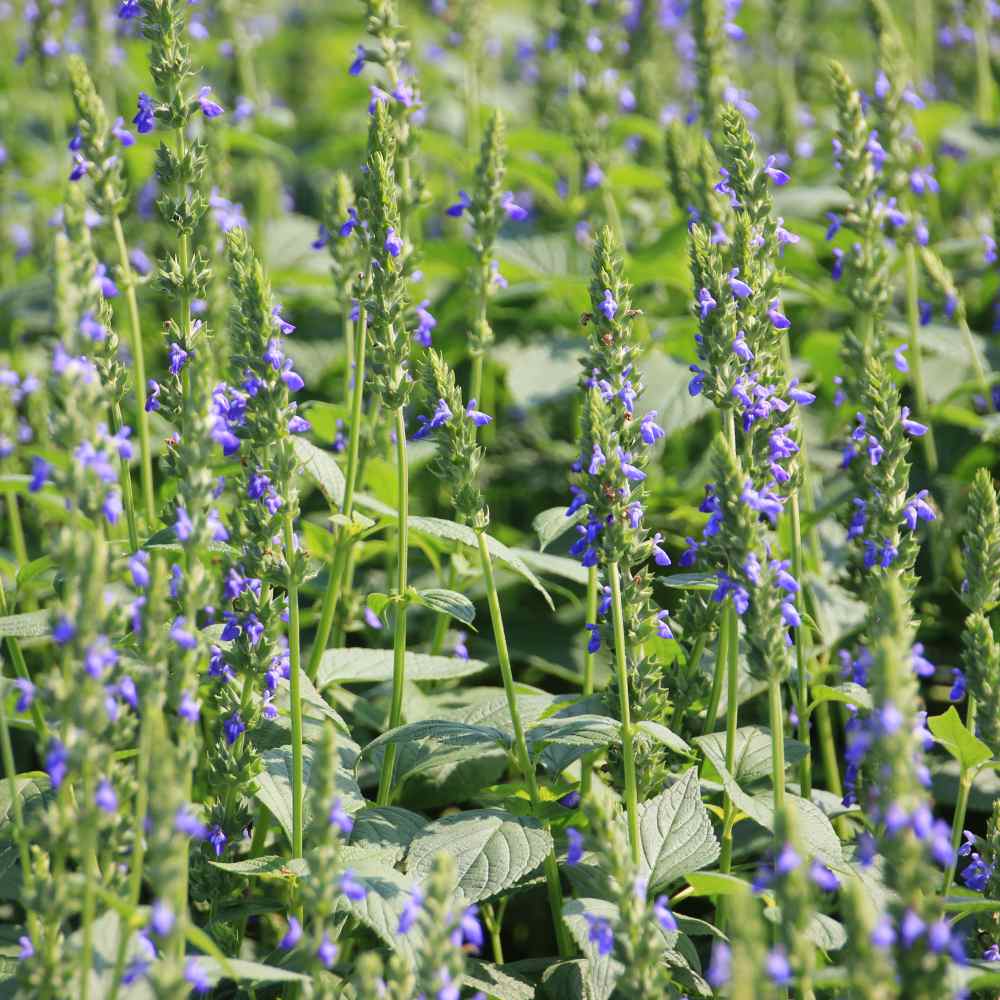
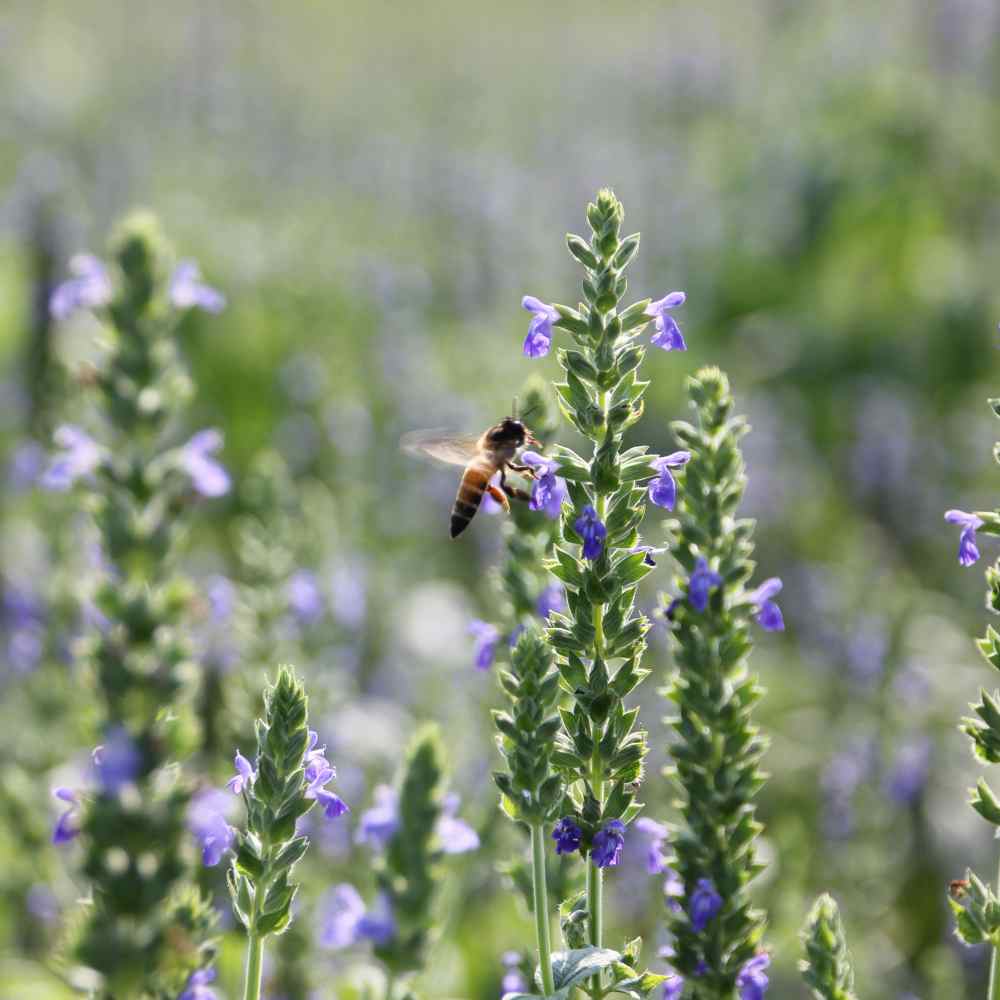
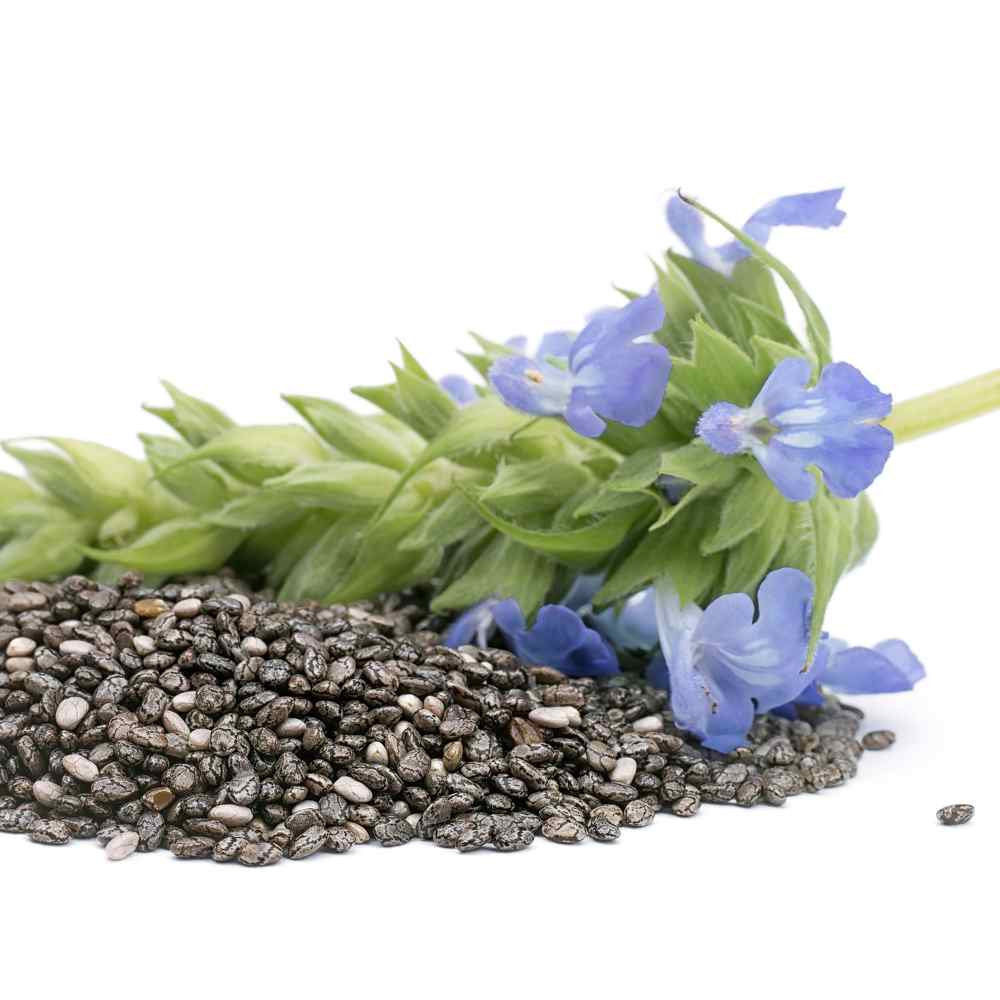
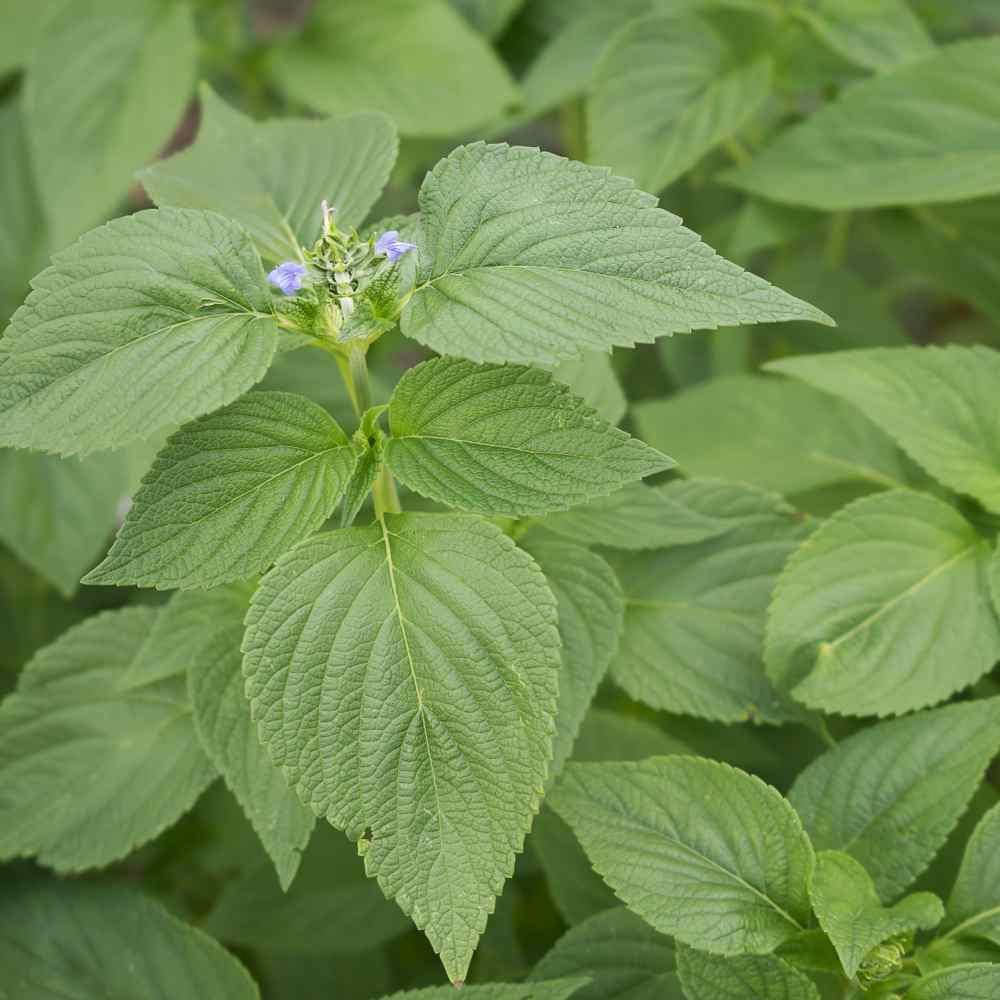
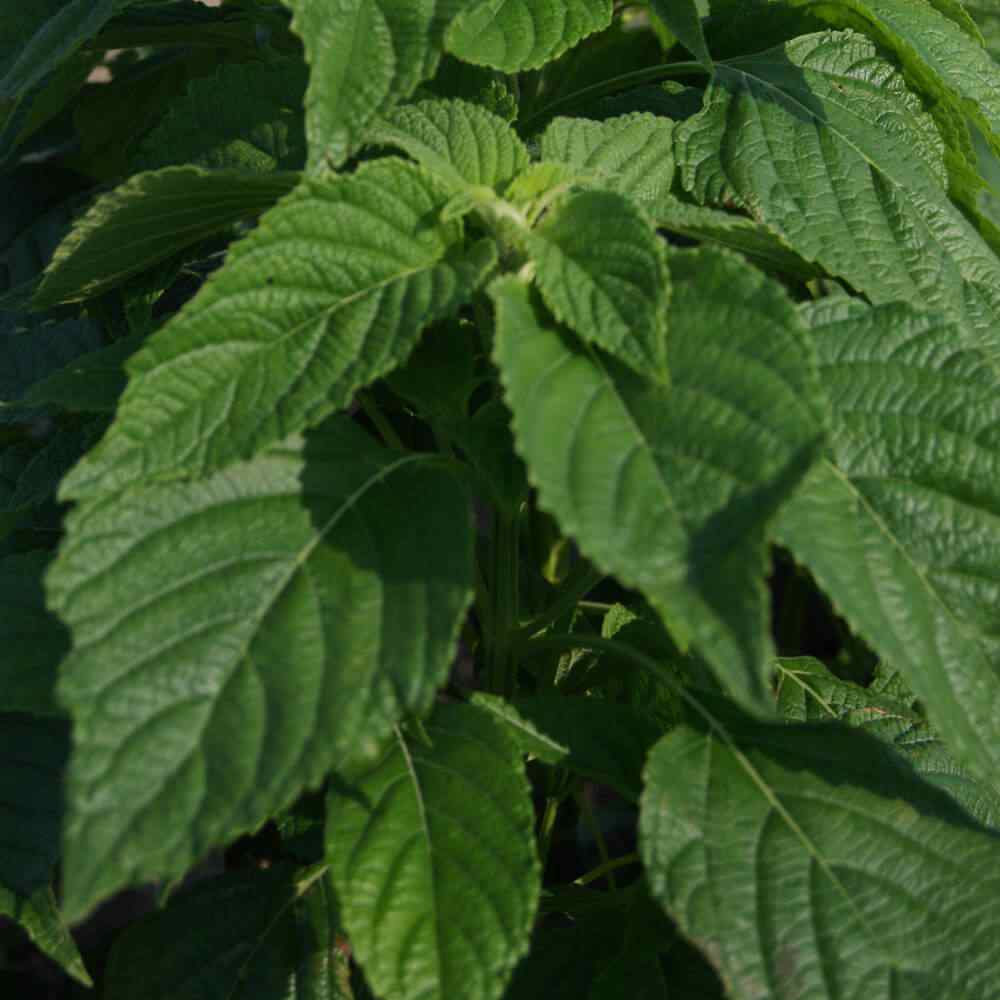
Chia (Salvia Hispanica) - Chia is a member of the mint family and it has been cultivated for nearly 5,000 years. The seeds are very nutritionally dense containing high levels of easily digestible protein, omega-3 fatty acids, dietary fiber, antioxidants, calcium, iron, and many more nutrients.
Although North Americans began learning about Chia from the "Cha-cha-cha Chia," Chia Pet television commercials in the 1980s, we are only now beginning to explore the dietary uses of this very nutritious herb. Chia plants grow twenty-four to thirty-six inches tall and produce many clusters of white or light-purple flowers in mid to late summer. Chia prefers a location providing full sun and that has sandy or loamy, well-drained soils. Be careful not to over water chia plants. It is a tender perennial that is hardy in USDA climate zones 9 to 11 and will not tolerate frost. Since it requires a fairly long season to produce seed, starting indoors and transplanting after all danger of frost has passed is required. Germination occurs in seven to fourteen days at soil temperatures between 70F and 77F.
Chia seeds can be sprouted and added to salads, ground and added to almost any recipe from energy / smoothie drinks, used as a thickening agent to replace corn starch, or used in place of bread crumbs in meatballs, meat loafs, or coating chicken. You can even use them to replace eggs in recipes by simply dry grinding Chia seeds into a powder and using one tablespoon along with three tablespoons of water for every egg your baked recipe calls for.































